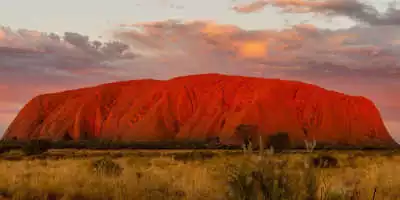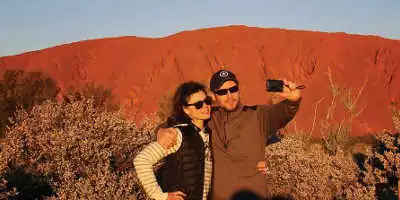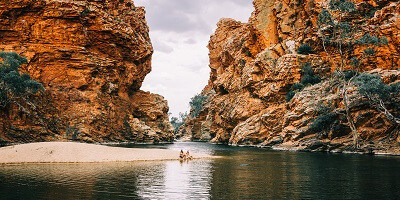
Why is Uluru on the World Heritage list?
Written by: Cameron Ward
Published: 02/15/2019
Reading time: 3 mins
Uluru holds a place on the World Heritage List, but why?
World Heritage sites are universally important areas, structures, or sites. Due to their outstanding significance, we mark them with special protection that shelters from any development, tampering, or transformation that may cause harm. The reason for their worth may vary, with motives being environmental, cultural, or historic importance. Uluru is one of these fantastic World Heritage listed sites, being one of the most recognisable natural structures in the entire world.
-
A Sacred Site for the Indigenous People
The indigenous people of Australia are the Aboriginal and Torres Strait Islanders. Being around for at least 60, 000 years. Located within Uluru and its surrounds are the Anangu people, an indigenous tribe who believe that Uluru plays a critical cultural and historical role in their past and future.
-
Their Dreamings
Aboriginal Australians live their lives according to their Dreamings, the Anangu call this the Tjukurpa. The Tjukurpa represents the essence of their culture, traditions and spirituality. These stories explain how Uluru came to be, and teach them about their ancestral beings. Before the beginning, the world was a featureless place. When the ancestors travelled the land, they formed spectacular structures, plants, and animals. Each section of Uluru has a different ancestral spirit who formed it, with jagged cuts, large boulders, or smooth sections. The story plays a significant role in making this site important to the Anangu, as it emphasises this connection with the ancestors while highlighting the natural power of Uluru.
-
It’s a sacred significance
Uluru is more than just an enormous red rock to the Indigenous community. It is a living thing that is sacred. Seen as a resting place for ancestral beings, Uluru is similar to a Catholics Church. It is a place for traditional ceremonies and rites of passage. It is not only Uluru that is sacred, but also the surrounding areas. Sacred sites are protected by law, which protects the biodiversity, cultural, and social features within them. Cultural customs and traditions that have been passed down from generation to generation. Tjukurpa links people with the land and the animals.
-
An Important Geological Site
Uluru may play an important role in Aboriginal history, but it is also a significant geology landmark. Forming 500 million years ago, Uluru first started to form underwater with two fans, one made of sand and the other conglomerate rock. The earth’s land plates continued to shift, causing pressure on the two fans to form into rock. The water soon lowered, leaving the large rock form of Uluru. It’s structure and size make it a momentous place for geologists to study.
-
Conserving the Environment
Due to Uluru’s outstanding worth, protecting the area is vital. Tourism, development, and waste are all factors that may damage the area, so making restrictions will minimise the damage.











